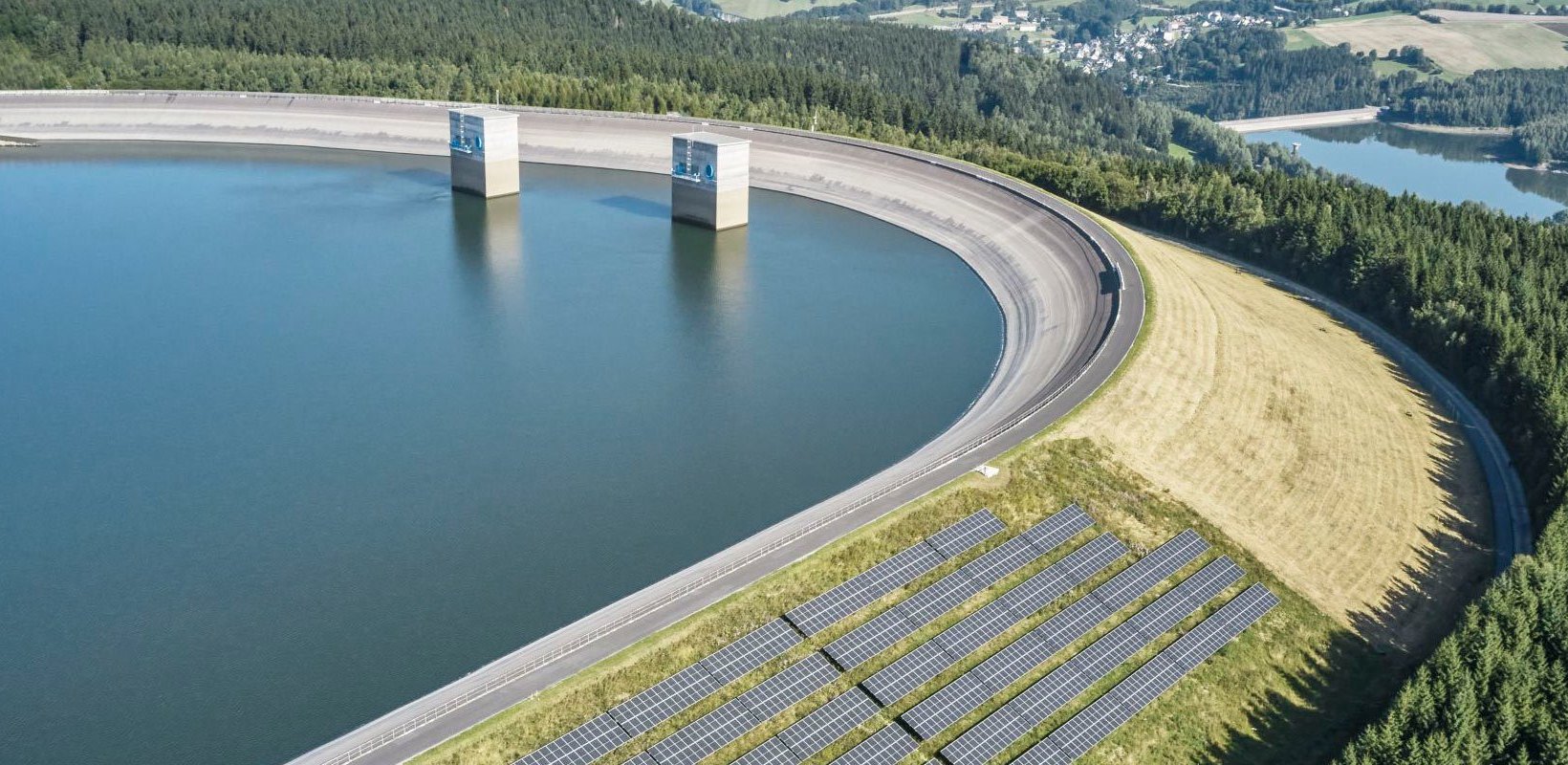
Bridging energy eras: how solar power enhances hydroelectric sites
In Germany, Vattenfall is harnessing the power of the sun to enhance its hydroelectric operations, By installing solar panels at pumped storage power plants, land and money are used more efficiently.
Vattenfall has been operating pumped hydroelectric power plants in northern and eastern Germany for decades. In today’s evolving energy landscape, their role is becoming increasingly vital.
“Our pumped storage facilities serve as reservoirs for the growing production of renewable energy and guarantee grid stability,” says Benjamin Tupaika, Managing Director of Vattenfall Wasserkraft GmbH.
For several years, dam areas at these hydro power plants have also been used to expand solar power production. Shared use of existing infrastructure creates synergies that support the economic viability of both power sources.
In line with this strategy, ground-mounted photovoltaic systems have been installed at the two pumped hydro plants in Geesthacht in Schleswig-Holstein and Markersbach in the Ore Mountains in Germany to make optimum use of the available space.
Geesthacht is Germany's northernmost pumped storage plant. Here, around 5,000 solar modules with a capacity of 2.4 MW have been installed on the dam wall of the upper reservoir.
The Markersbach pumped hydro power plant is one of the largest of its kind in Germany. Here Vattenfall has installed a photovoltaic system consisting of around 11,000 solar modules by the dam. Together with PV modules on the plant’s roof surfaces the total installed solar capacity adds up to 7 MW.
Register for our monthly newsletter THE EDIT
THE EDIT is Vattenfall's new monthly newsletter. Each issue highlights a new burning issue from the world of sustainable energy and fossil freedom.

Potential and challenges
The combination of photovoltaic systems with existing pumped storage power plants not only demonstrates the significant synergy potential, but also the implementation complexity. For example, the area around the upper reservoir at the Markersbach plant may at first glance appear to be a simple meadow, when in fact it is a highly monitored technical facility.
The challenge of integrating new solar technology into an existing infrastructure lies in optimally combining the requirements of both systems without compromising safety or efficiency.
Environmental compatibility is another a priority. For example, the modules at Markersbach were arranged to remain as unobtrusive as possible from nearby vantage points.
Some facts
- Solar and batteries represent Vattenfall’s fastest-growing business area in Germany.
- Future solar projects will be developed exclusively in combination with large-scale batteries.
- Agrivoltaics—combining agriculture and solar energy—is a key focus for improved land use.
- In a more flexible energy system, pumped storage plants will play a growing role in grid and price stability.
- These facilities are highly durable and reliable, offering long-term guarantees for system stability and flexibility.



